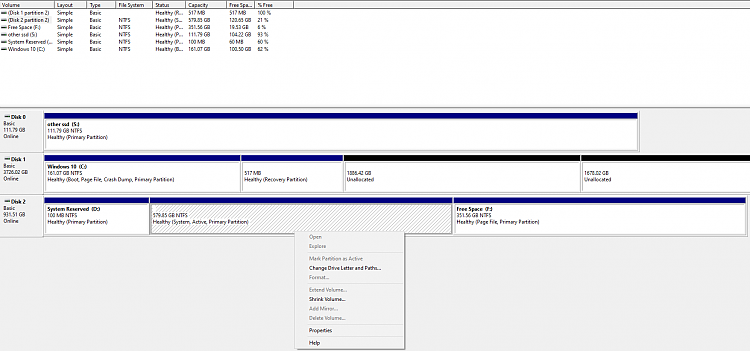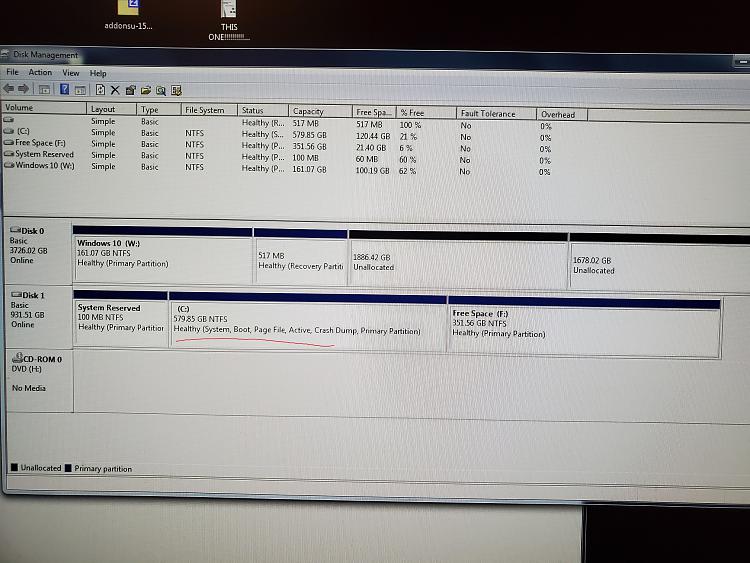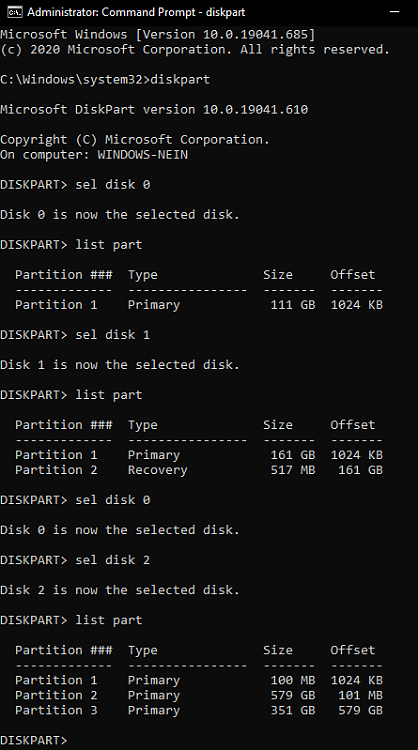New
#1
Computer can't boot to either OS (dual boot)
I have 2 OS on 2 separate HDD: Windows 10 and 7. Yesteday I wasn't able to boot into Windows 10 anymore as it said something not bootable. Windows 7 still worked .
I tried doing bootrec /buildbcd, /fixmbr, /fixboot and /scanos but same issue. It does detect there is 2 windows OS tho.
I then tried this website: How to repair Master Boot Record (MBR) on Windows 10 - Pureinfotech
And I did this command:BCDedit /export d:\BCD_Backup
D:
CD boot
Attrib BCD -s -h -r
Ren d:\boot\bcd bcd.old
Bootrec /RebuildBcd
And now even my Windows 7 doesn't work. Both OS shows a light blue screen with no words and reboots.
- - - Updated - - -
I fixed my Windows 7 portion via Startup Repair from my bootable windows 10 USB. But i'm still having trouble with Windows 10; computer doesn't detect it anymore.
I tried doing bootrec /buildbcd, /fixmbr, /fixboot and /scanos but same issue. see pictures

Last edited by imeem; 17 Jun 2022 at 19:14.




 Quote
Quote





